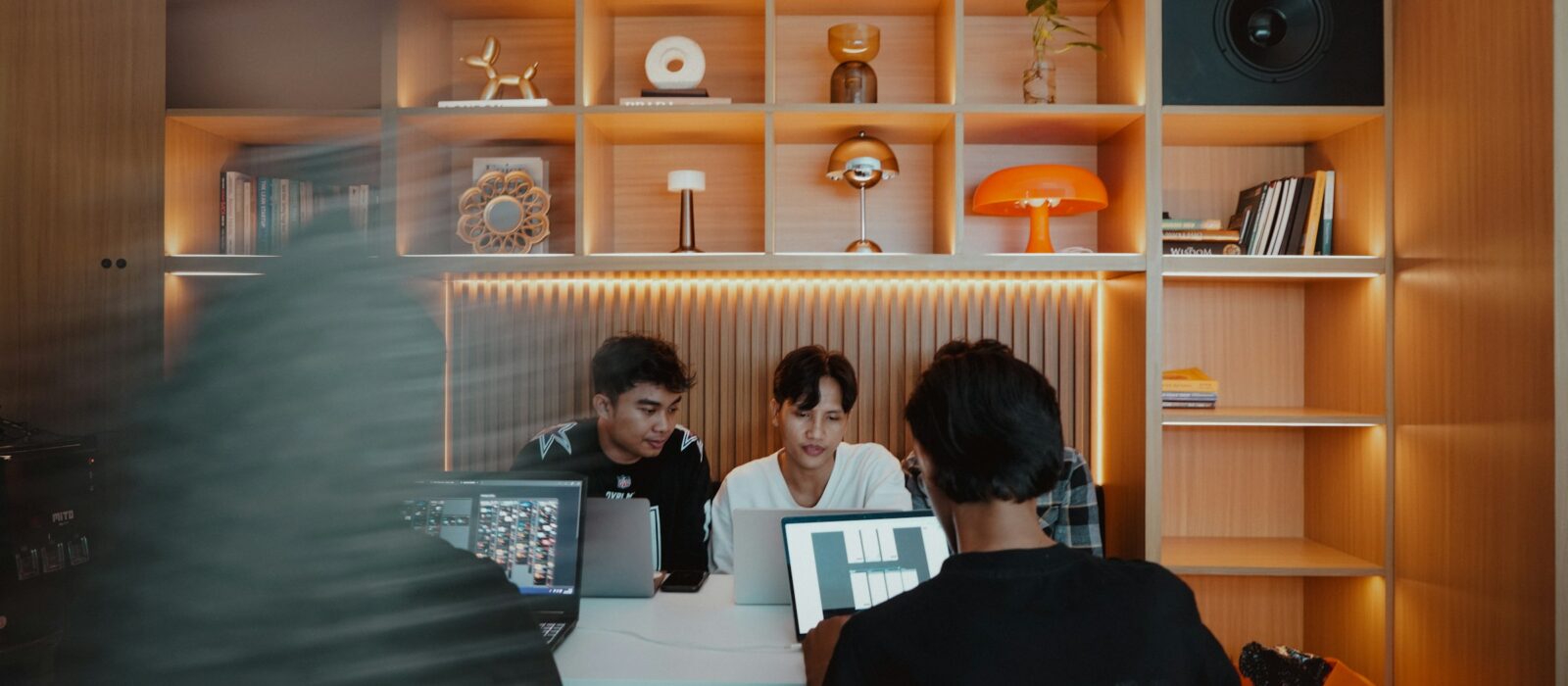
Simple, brilliant AI basics a.k.a. don’t forget your pigeons
Reading Time: < 1 minute

AI is everywhere in Insight right now. You can’t open LinkedIn without someone talking about it and most of us have probably at least dabbled with it. But when it comes to AI as a tool in the insight workplace, how do researchers actually feel about it?
We interviewed our colleagues in the Researchbods insight team, to understand what they’re using AI for in their day-to-day work, how they’re feeling and the future they envisage for AI in insight. The following is a summary of seven interviews with Bods across a range of insight roles, experience levels and familiarity with AI.
The short answer: AI is being used as supplement, not replacement, for human expertise. It’s helping teams get a rapid handle on new industries and themes, supporting with initial analysis and even streamlining communication. But crucially, the human element – the critical thinking and rechecking – remains paramount.
Our insight team are using AI to cut-through administrative or time-consuming tasks – things like generating project timelines or running quick topline analysis of discussion rooms, freeing up more time for what they love: creative problem-solving and critical thinking.
AI also excels as a desk research assistant, providing a quick way to build foundational knowledge on clients, their competitors and categories. People are increasingly using it to explore industries or services they didn’t previously know and because the tools operate in a secure, internal environment, they feel comfortable uploading supporting documents such as briefs. Our proprietary Deep Researcher tool takes this even further, enabling more detailed exploration. Over time, teams have also become more confident using AI to support research proposals and generate outlines for questionnaires.
AI is also emerging as a digital “desk buddy” for the 60% of the week when we work remotely, providing a place to sense-check ideas or tone check emails and taking the place of those micro-conversations with colleagues that used to happen in the office kitchen or across a desk, on the days we’re working from home.
For our team, the future of AI in market research feels both transformative and uncertain. While there’s an expectation that AI might automate some or all of tasks like fieldwork, project design and analysis – potentially shifting the researcher’s role to more of a consultant or manager – it also raises significant concerns about the future of jobs and specialism in our profession.
A major concern about AI’s role in research is the potential for stunted professional growth among junior team members, who might miss out on developing foundational skills if they never need to pore through open-ends or dig through data tables.
Could we lose the rich, nuanced insights that come from real human connection and trust? These are the questions that were troubling some of our participants. While AI can process data, it can’t feel the weight of a silence in an interview or understand the subtle emotions behind a response. It gives us data, but we are the ones who can bring the insight to life.
Our researchers also worry about a loss of job satisfaction and human connection; as a profession, we’re often drawn to the work because of the privilege it provides to be able to discuss all kinds of topics with people and understand them deeply. Our team expressed fears that AI-led research could diminish the deep, nuanced insights that come from direct interaction and wondered whether participants will be as honest when responding to AI as they are to a friendly and gently probing human moderator, or if AI will ever be able to spot the human cues that perhaps all is NOT as it seems (or is claimed).
We’ve all seen the dazzling promises of AI, but the reality on the ground is more nuanced. Our interviews revealed a clear pattern: inherent trust and confidence can’t be assumed. Why? Because AI, in its current form, can be a “black box.” It’s great at providing data, but it’s less good at explaining its reasoning or the nuances behind its conclusions. This is why human supervision remains key. We’re committed to delivering rich, reliable and authentic insights and right now, they’re the kind that only a human touch can totally guarantee.
The overall sentiment from our team seemed to be that we must find a balance between human and machine. The sweet spot is seen to be finding opportunities to use AI for efficiency while protecting our unique style and the richness that only human interaction can provide. There’s a strong appetite amongst our team for more training to support this and exploring how AI can be integrated into more of the research process, ranging from design through to delivery.
AI is shaking things up at work, no question. But right now, it feels more like a co-pilot than the one in the driver’s seat. The challenge isn’t just getting faster – it’s getting smarter.
If we strike the right balance, AI won’t replace the human touch. Instead, it can take the weight of repetitive work off our shoulders and give us more space to do what humans do best: bring context, creativity and clarity to the messiness of data.
Lucy Barlow
Insight Executive
Charlie Milner
Senior Insight Executive